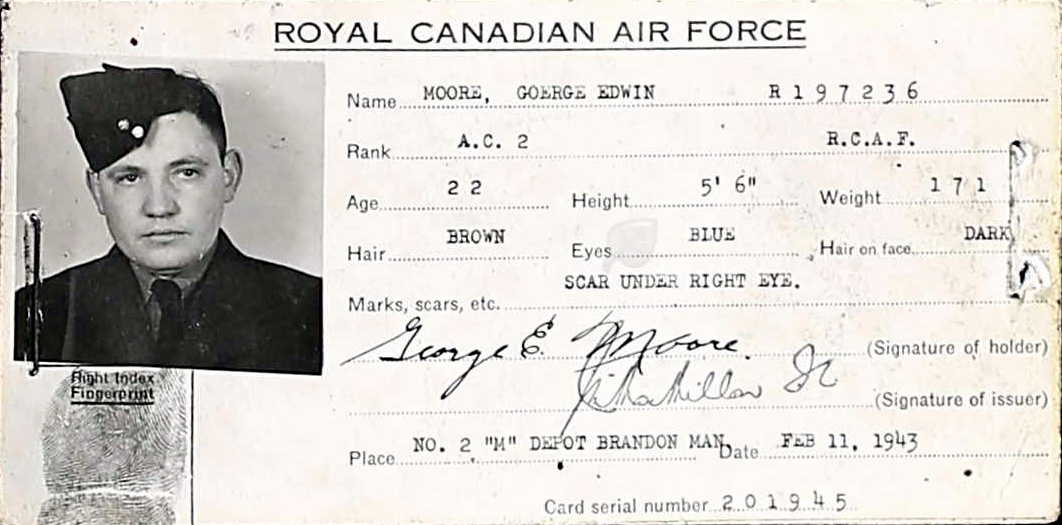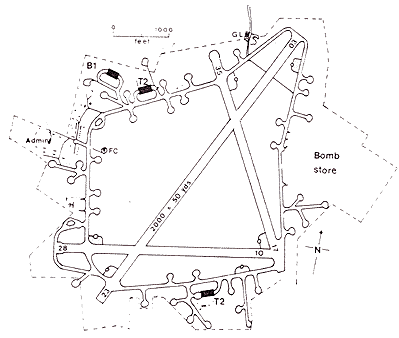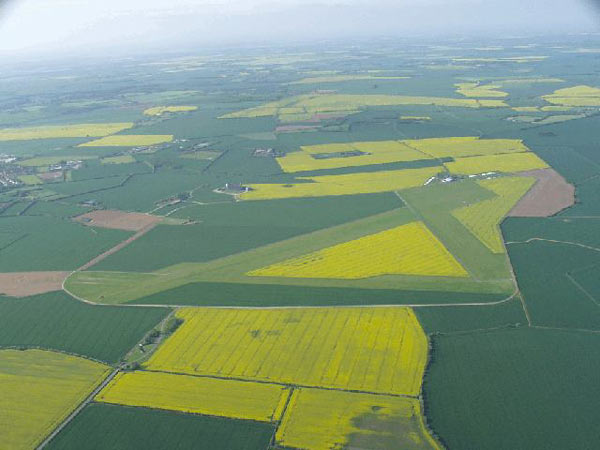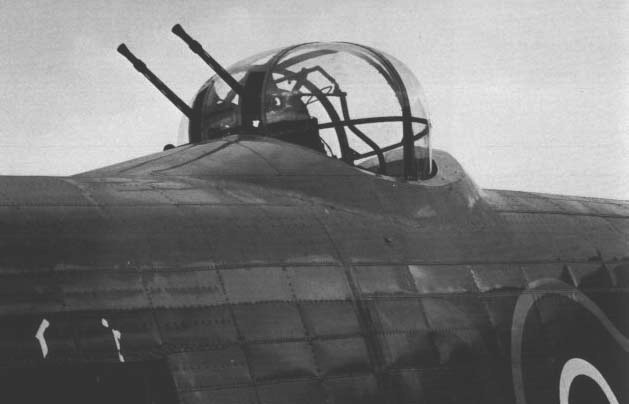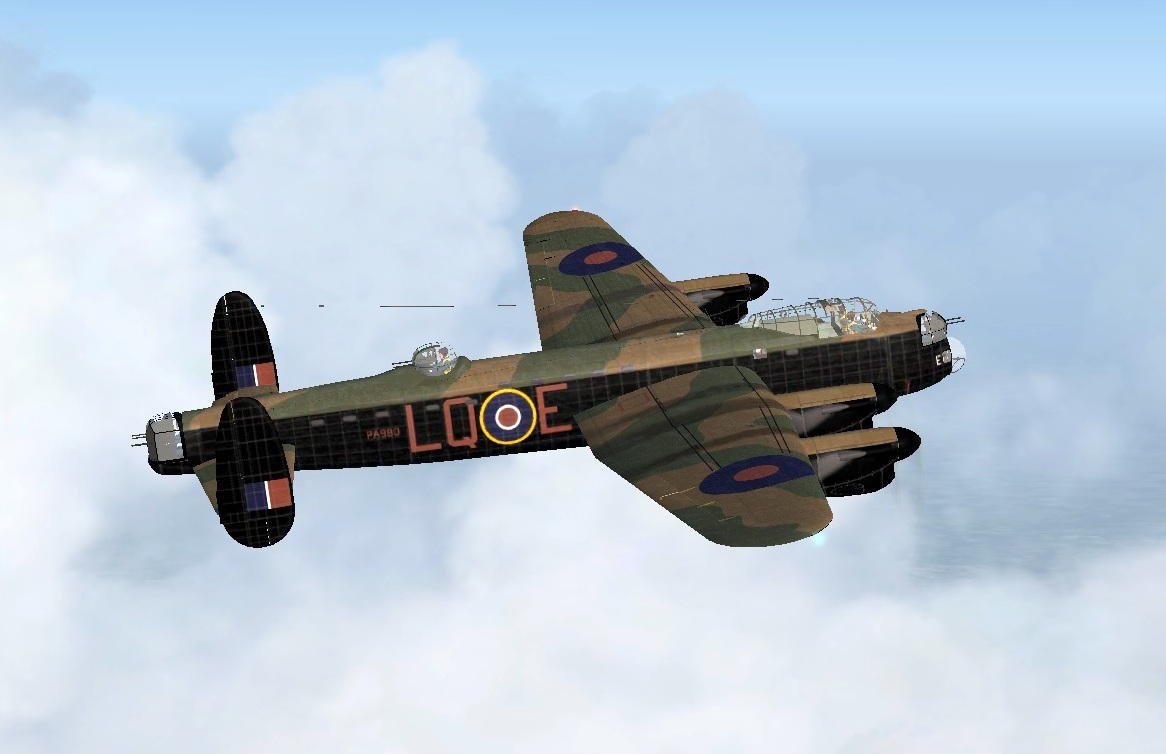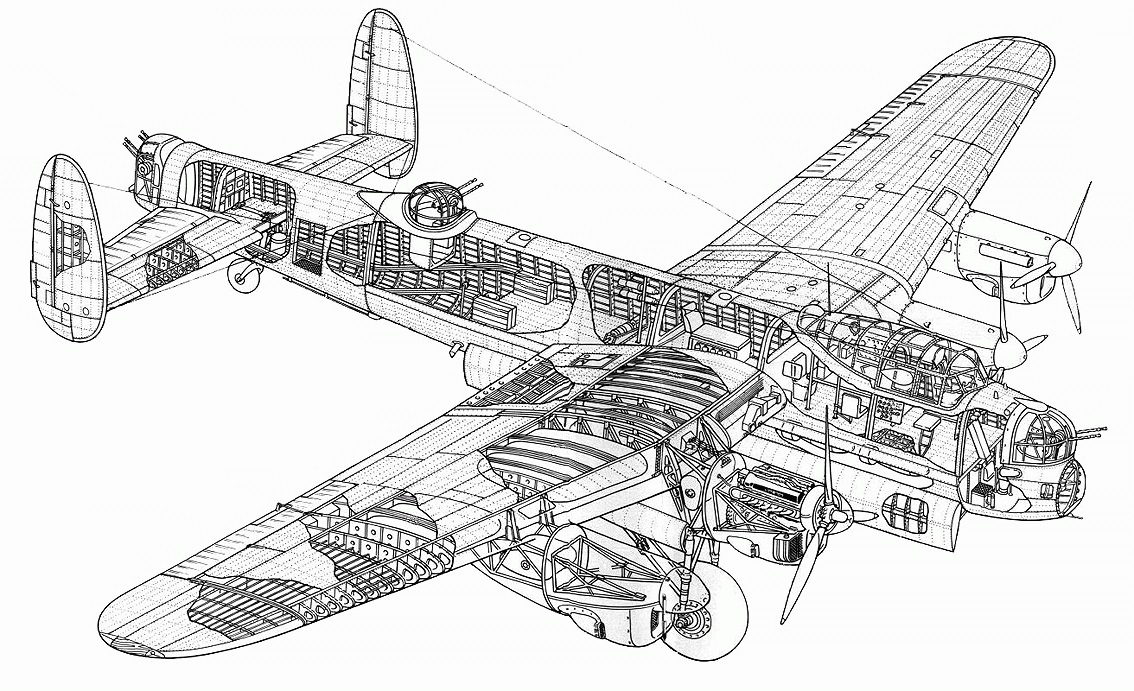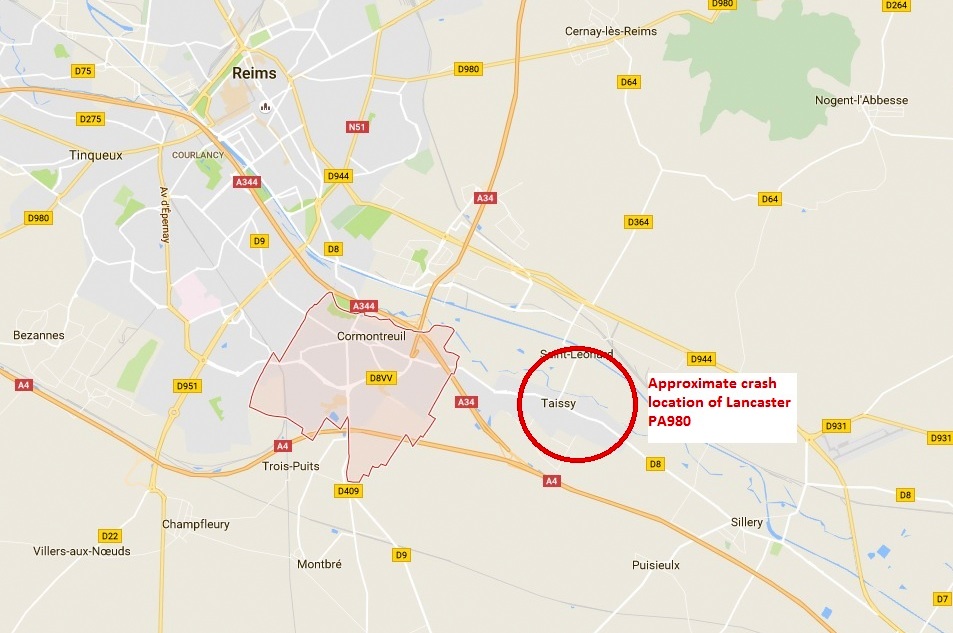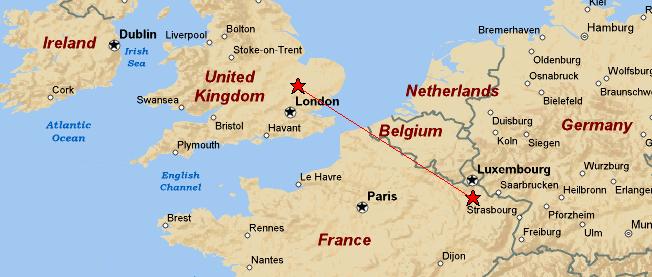F/S George Edwin Moore,
|
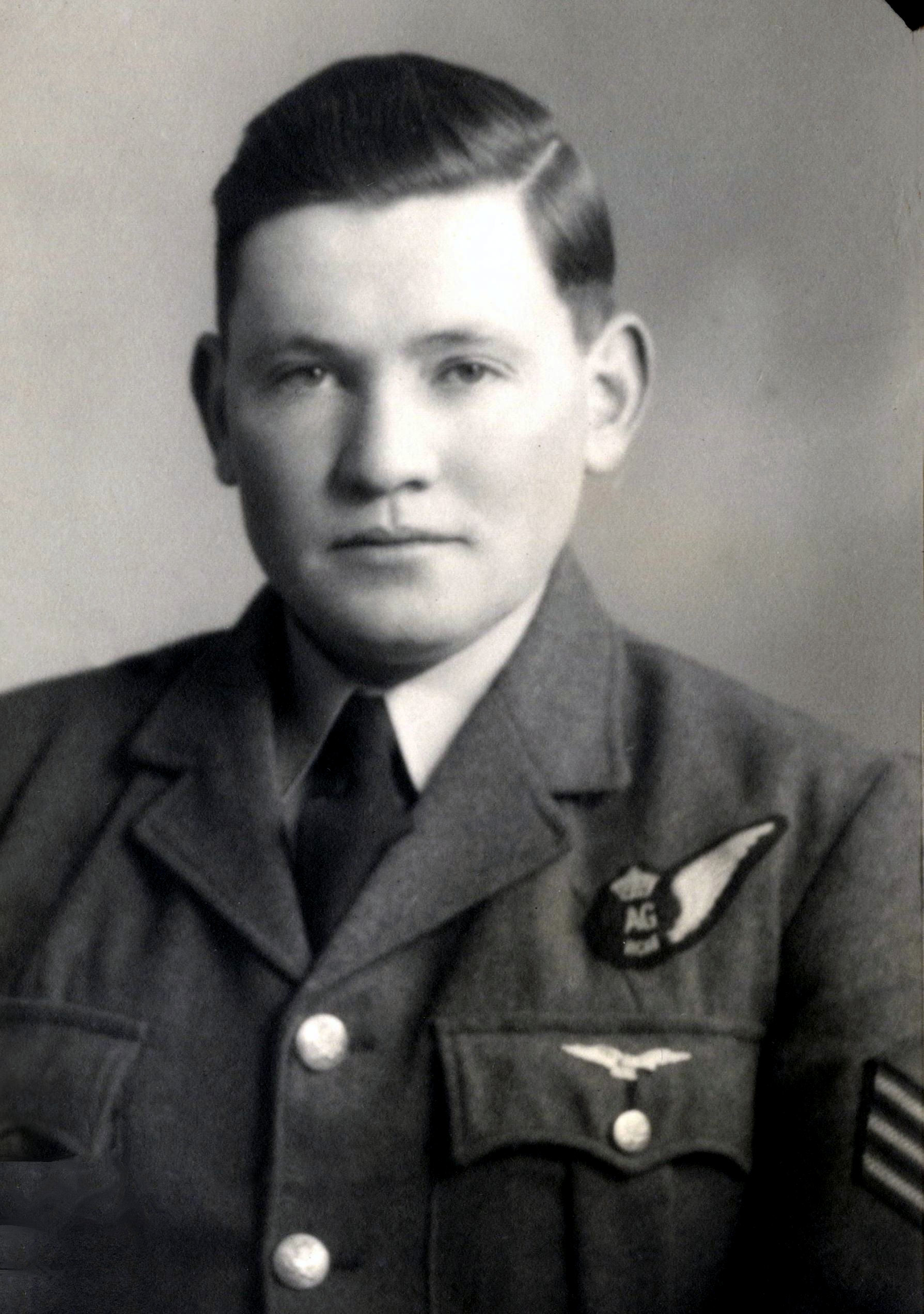
|
Born 28 Apr, 1920 in Shedden, Ontario, Canada.
Died on the night of 28/29 June, 1944, near Rheims, France.


|
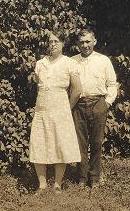
|
|
Moore, Florence Wride (their cousin, and my mother-in-law), William (Billy or Bill) Moore, and George Moore |
Moore, George's parents. |
George was born on his parents farm, just on the outskirts of Shedden, Ontario, in 1920. His father was William F. Moore (farmer), and his mother was Ida Bell Wride, daughter of John Wride (farmer) and Laura Dell. The Moore and Wride families were neighbours in the Shedden area. George had two older brothers, Clarence and William, who also served with the RCAF. Clarence, aka "Dinty", was a Leading Aircraftsman and William, aka "Billy", was a Pilot Officer said to have flown Lancasters although details of both are yet to be discovered. After leaving school George worked on the family farm for eight years.
According to family sources "George enlisted in the air force on February 21, 1943. He was sent overseas in August 1943". Not completely accurate but close.
On the night of 28/29 June, 1944 LQ-E did not return from its operation to attack the rail yards at Metz, France. PA980 departed Gransden Lodge at 2302 and while at 12,000 feet, in the vicinity of Reims, it was attacked from behind by a night fighter. The surviving crew reported that the centre section of the bomber was ablaze as it dived earthward. Records show that communication was maintained with the tail gunner after the attack but that there was none with George who would have been closest to the damaged section of the airframe. The aircraft was abandoned by the five crew who survived, four of whom escaped and one of whom was captured. Witnesses saw the aircraft crash into a slough three kilometres south east of Rheims near the village of Cormontreuil. It is thought to have exploded on or near to the ground and was then consumed by fire. George and the tail gunner did not survive nor were their bodies ever found. Whatever remained of the aircraft was never recovered and is probably still buried in the marsh. According to his cousin, Florence Wride, this was to be George's last trip before returning to Canada.
The following is an excerpt from the 1944 publication "THE RCAF OVERSEAS (The fifth year)"
"The last foray on which Canadians had a large contingent was on a successful raid on Metz on the 28th, when every track in the south-east junction was cut and other important damage done. Though successful the attack was costly." "Another most experienced crew was lost in F/O L. R. Stein, P/Os F. A. Smitton (pilot) and E. W. Stringham, FSs J. W. Shurvell and G. E. Moore and Sgts. J. M. Shaw and E. E. Thorn. Stringham is known to be a prisoner, while Shurvell, Stein and Smitton are safe." The crew of PA980:
Pilot - P/O Frank. A. Smitten, RCAF, evaded capture
Lancaster Mk.lll, LQ-E, s/n PA980, was a new aircraft and had been delivered to 405 Squadron on 14 June, 1944 and apparently lost on its first operation having only accumulated 16 hours of flying time. The following is an excerpt from the "Royal Air Force, Bomber Command, Campaign Diary, June 1944"
Pathfinder Force (PFF) Jargon:
Finders
- were aircraft tasked with dropping illuminating flares at critical
points along the route to aid navigation and then across the target area.
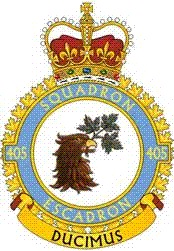
Motto "Ducimus" - "We lead"
405 (PFF) Squadron "Operations Record Book" shows the following which appear
|
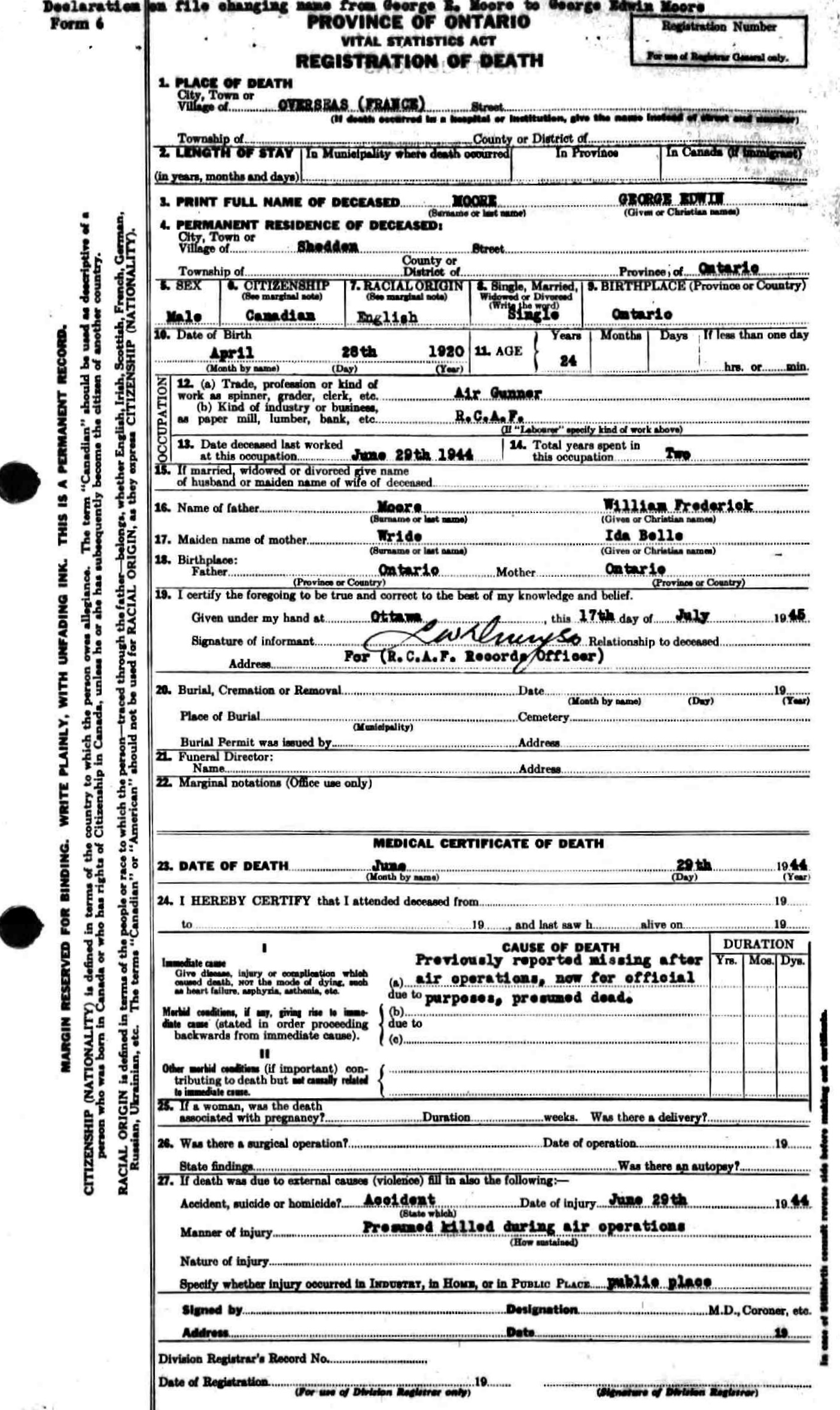
Province of Ontario
|
F/S George Edwin Moore, RCAF is remembered:
|
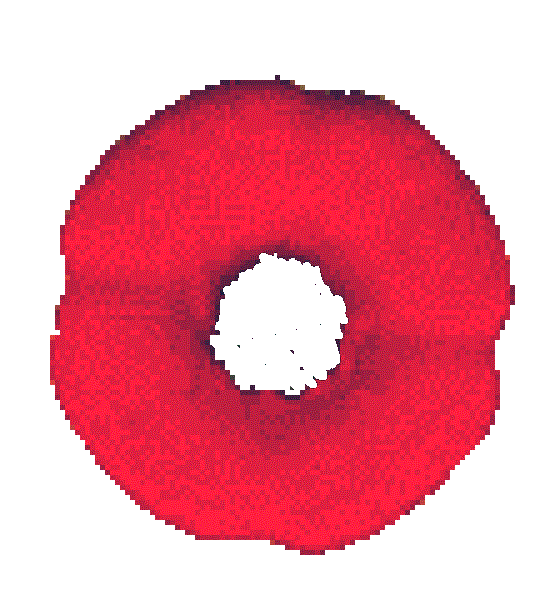
|
|

|
|
Where have all the young men gone?
Long time passing.
|


